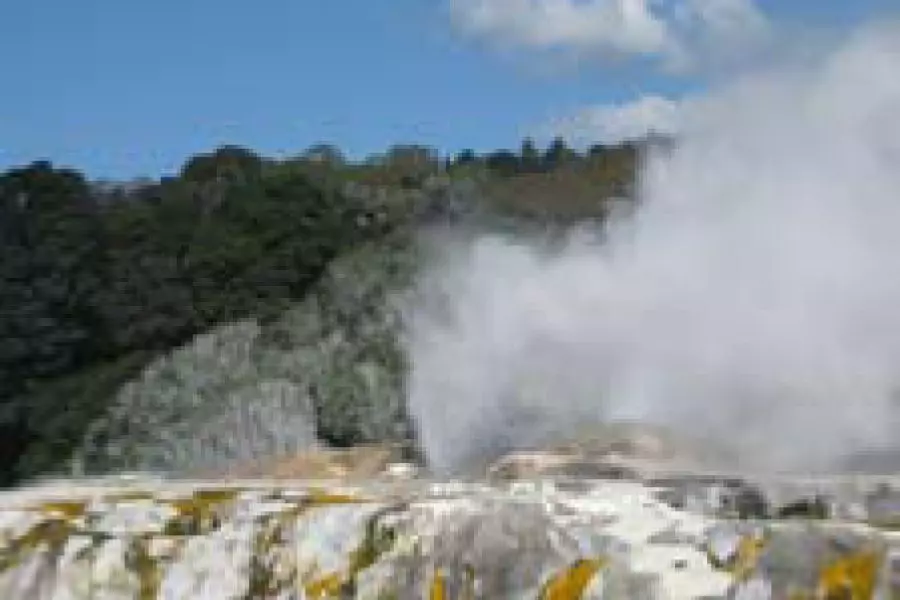
News
Sweet Smell of Good Buys in Rotorua

Monday 20th of July 2015
In May the government led Toi Moana Bay of Plenty Regional Growth Study identified a number of opportunities for the area. A key vision of the study is establishing Rotorua as a globally recognised destination for health and wellness. Just days after the study was released that goal was boosted with an announcement from Prime Minster John Key that the government would invest $350,000 towards a...
Want to read the full article?
Click the button below to subscribe and will have unlimited access to full article and all other articles on the site.
Latest News
Latest Comments





![[The Wrap] Bye Bye Bayly](https://goodreturns.publit.io/file/c_fill,w_900,h_600/39f23ac1-f7c7-4854-b700-a150004ebbac.webp)


